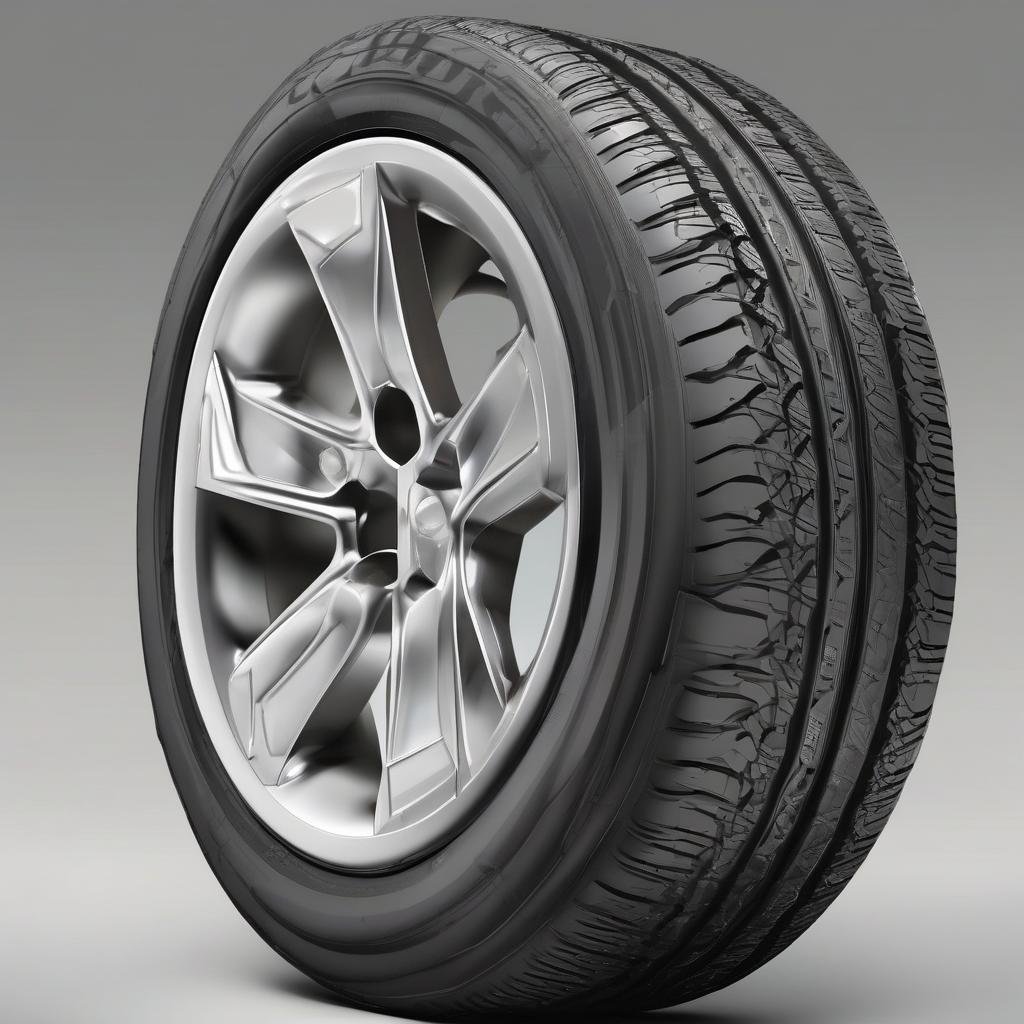
Run-Flat & Self-Sealing Tires: Complete Guide (2025)
“`html
Run-Flat & Self-Sealing Tires: Complete Guide (2025)
Introduction
Flat tires are more than just an inconvenience—they can be dangerous, especially when they happen at high speeds or in remote areas. Fortunately, advancements in tire technology have introduced solutions like run-flat and self-sealing tires, designed to keep you moving safely even after a puncture. In this guide, we’ll explore how these innovative tires work, their benefits, top brands, and key considerations before making a purchase.
Whether you’re a daily commuter, a road-trip enthusiast, or someone who prioritizes safety, understanding these tire options can help you make an informed decision for your vehicle.
What Are Run-Flat Tires?
Run-flat tires are engineered with reinforced sidewalls that allow them to support the weight of a vehicle even after losing air pressure. Unlike conventional tires, which collapse when punctured, run-flats enable you to drive for a limited distance (typically 50–100 miles) at reduced speeds (usually under 50 mph) to reach a repair shop safely.
How Do Run-Flat Tires Work?
Run-flat tires rely on one of two main technologies:
- Self-Supporting Run-Flats: These feature thicker, heat-resistant rubber sidewalls that prevent the tire from buckling when deflated.
- Support Ring Run-Flats: These use a rigid ring inside the tire to maintain structure when air pressure is lost.
Pros and Cons of Run-Flat Tires
Advantages:
- Eliminates the need for an immediate tire change after a puncture.
- Enhances safety by reducing the risk of sudden blowouts.
- No spare tire required, saving trunk space and weight.
Disadvantages:
- Higher cost compared to standard tires.
- Rougher ride due to stiffer sidewalls.
- Limited availability in some regions.
What Are Self-Sealing Tires?
Self-sealing tires contain a special lining (usually a gel-like compound) that automatically seals small punctures caused by nails, screws, or other sharp objects. Unlike run-flats, these tires don’t require reinforced sidewalls, offering a ride quality closer to conventional tires.
How Do Self-Sealing Tires Work?
When a foreign object punctures the tread, the internal sealant layer coats the intruding object and fills the hole as soon as it’s removed. This prevents air loss and maintains tire pressure without driver intervention.
Pros and Cons of Self-Sealing Tires
Advantages:
- Instant repair for small punctures (up to ¼ inch in diameter).
- No need to stop driving or use a repair kit.
- More comfortable ride compared to run-flats.
Disadvantages:
- Not effective for sidewall damage or large punctures.
- Sealant may degrade over time, reducing effectiveness.
- Slightly heavier than standard tires.
Top Brands for Run-Flat & Self-Sealing Tires
Several leading tire manufacturers produce high-quality run-flat and self-sealing options. Here are some of the best brands in 2025:
1. Michelin
Michelin offers advanced run-flat technology with their Self-Supporting Zero Pressure (ZP) tires, known for durability and performance. Their self-sealing line, Michelin Selfseal, provides reliable puncture protection.
2. Bridgestone
Bridgestone’s DriveGuard run-flat tires are popular for their smooth ride and extended mobility. They also produce self-sealing options under the Bridgestone SealGuard series.
3. Continental
Continental’s ContiSeal technology integrates self-sealing properties into high-performance tires, while their run-flat models feature reinforced construction for safety.
4. Goodyear
Goodyear’s RunOnFlat tires provide excellent handling even when deflated, and their Assurance ComfortDrive line includes self-sealing capabilities.
Which Tire Type Is Right for You?
Choosing between run-flat and self-sealing tires depends on your driving habits, budget, and priorities:
- For Safety & Long-Distance Reliability: Run-flats are ideal if you frequently drive on highways or in areas with limited roadside assistance.
- For Everyday Convenience: Self-sealing tires work well for city driving where small punctures (nails, screws) are common.
- For Comfort & Performance: If ride quality is a priority, self-sealing tires may be preferable.
Conclusion
Both run-flat and self-sealing tires offer innovative solutions to the age-old problem of flat tires. Run-flats provide extended mobility after a puncture, while self-sealing tires automatically fix small leaks without requiring a stop. While they come at a higher cost, the added safety and convenience make them a worthwhile investment for many drivers.
Before purchasing, consider your driving needs, budget, and vehicle compatibility. Consulting a tire specialist can also help you make the best choice for your car.
Frequently Asked Questions (FAQs)
Can I replace just one run-flat tire?
It’s generally recommended to replace run-flat tires in pairs (or all four) to maintain balanced handling and performance.
Do self-sealing tires work in cold weather?
Yes, but extreme cold may temporarily reduce the sealant’s effectiveness until the tire warms up.
Are run-flat tires repairable?
Some punctures can be repaired, but sidewall damage usually requires replacement. Always consult a professional.
Do I still need a spare tire with self-sealing tires?
While not mandatory, keeping a spare is advisable for larger punctures that the sealant can’t fix.
“`
